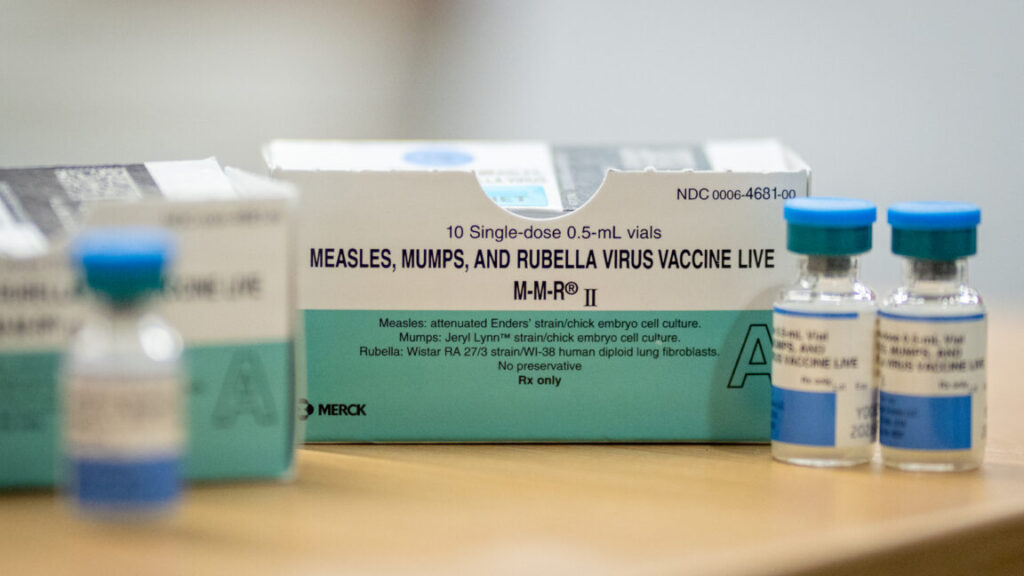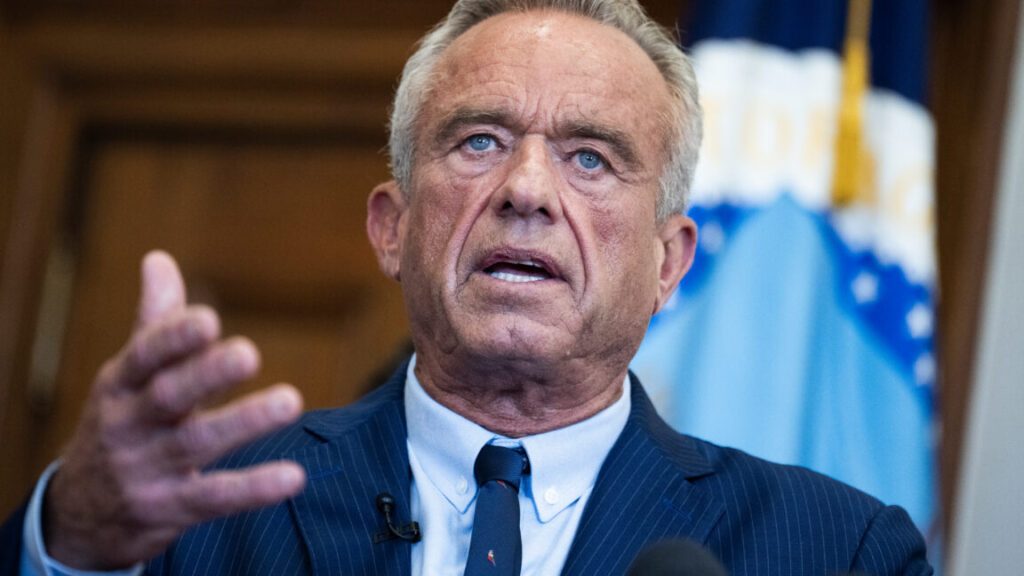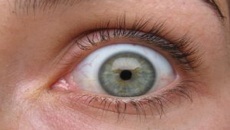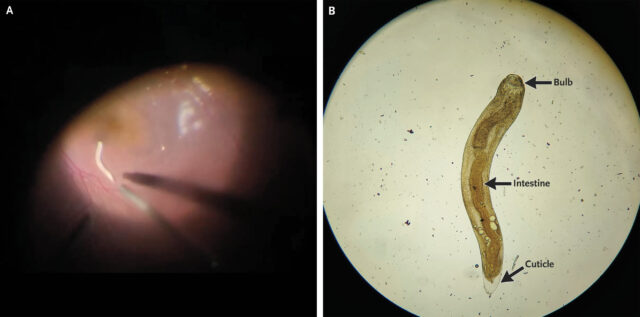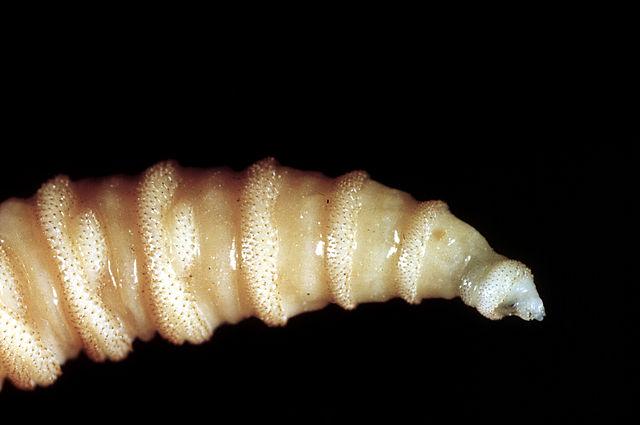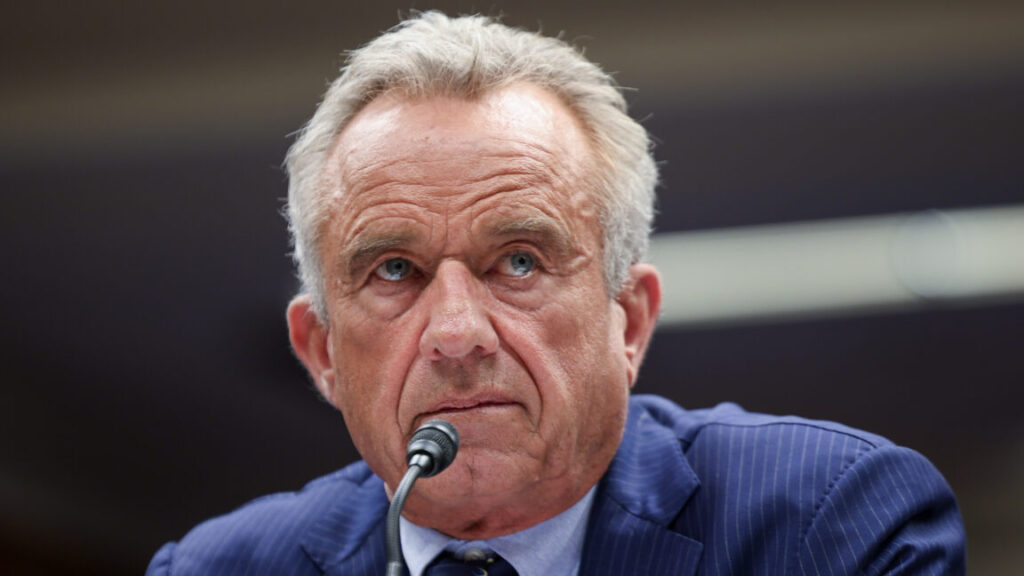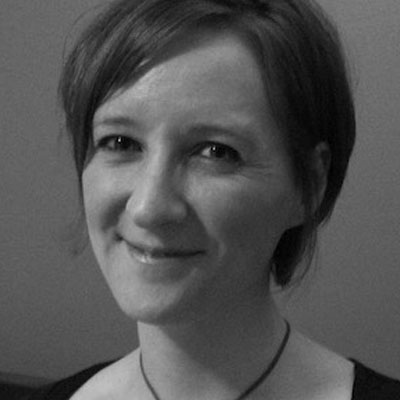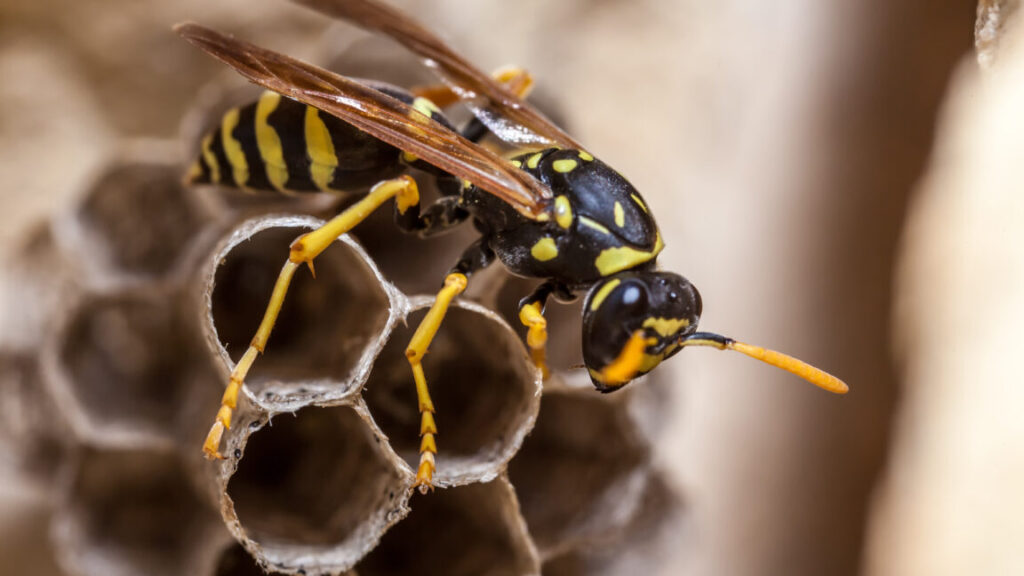The West Texas measles outbreak has ended
A large measles outbreak in Texas that has affected 762 people has now ended, according to an announcement Monday by the Texas Department of State Health Services. The agency says it has been more than 42 days since a new case was reported in any of the counties that previously showed evidence of ongoing transmission.
The outbreak has contributed to the worst year for measles cases in the United States in more than 30 years. As of August 5, the most recent update from the Centers for Disease Control and Prevention, a total of 1,356 confirmed measles cases have been reported across the country this year. For comparison, there were just 285 measles cases in 2024.
The Texas outbreak began in January in a rural Mennonite community with low vaccination rates. More than two-thirds of the state’s reported cases were in children, and two children in Texas died of the virus. Both were unvaccinated and had no known underlying conditions. Over the course of the outbreak, a total of 99 people were hospitalized, representing 13 percent of cases.
Measles is a highly contagious respiratory illness that can temporarily weaken the immune system, leaving individuals vulnerable to secondary infections such as pneumonia. In rare cases, it can also lead to swelling of the brain and long-term neurological damage. It can also cause pregnancy complications, such as premature birth and babies with low birth weight. The best way to prevent the disease is the measles, mumps, and rubella (MMR) vaccine. One dose of the vaccine is 93 percent effective against measles while two doses is 97 percent effective.
The West Texas measles outbreak has ended Read More »
